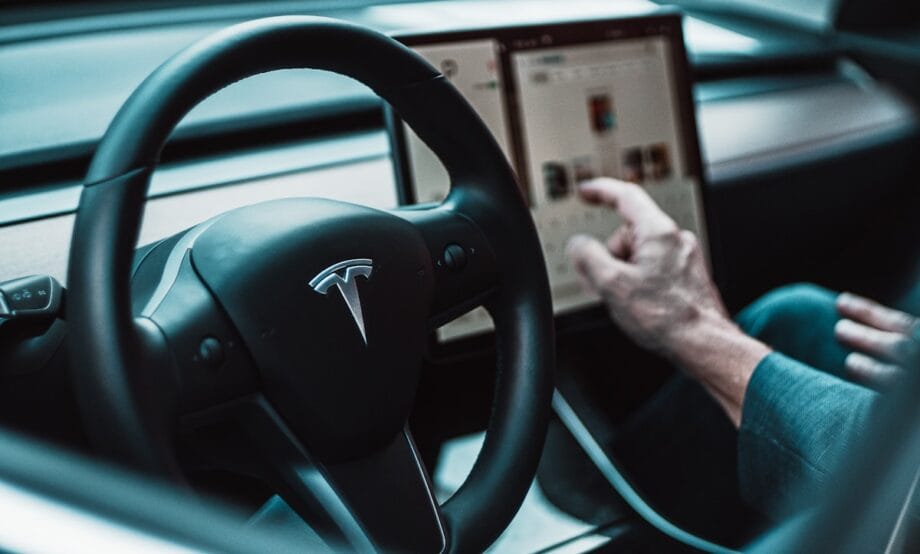U.S. Regulatory Scrutiny of Tesla’s Autonomous Technologies Intensifies
U.S. regulatory authorities are once again focusing on Tesla’s autonomous driving technologies, highlighting an ongoing series of investigations into the safety of these innovations.
A fresh dimension in the dialogue surrounding self-driving vehicles raises a pivotal question: why are such advancements still permitted for widespread use?
Recently, the National Highway Traffic Safety Administration (NHTSA) announced its sixth inquiry into Tesla vehicles equipped with Full Self-Driving (FSD) capabilities or other driver-assistance features.
This latest investigation has brought to light numerous potentially hazardous incidents, including violations such as running red lights, navigating against traffic, and three accidents resulting in five injuries.
In this context, regulators are not positioned to endorse the technology; rather, their mandate is to ensure safety and reliability are maintained. Concurrently, U.S. regulatory frameworks are evolving rapidly, albeit not at a pace commensurate with technological advances.
Musk’s ambitious vision of a nation populated with self-driving vehicles and robotaxis necessitates a novel regulatory approach.
Traditionally, the U.S. regulatory paradigm has embraced a principle of “self-certification,” wherein standards materialize post-validations of compliance by manufacturers.
This indicates that regulators not only verify technology pre-market, but they also respond to tangible incidents and operational data from the real world.
Currently, NHTSA has multiple open investigations into Tesla’s self-driving technologies, encompassing both FSD and the earlier Autopilot system.
Many of these inquiries were initiated years ago and continue to this day, even as an increased number of FSD vehicles populate U.S. roads.
“I refer to this regulatory process as ‘whack-a-mole,’” stated Bryant Walker Smith, a law and engineering professor and fellow at the Center for Internet and Society at Stanford Law School.
“This process is protracted; it represents the initial phase of several steps leading to potential recalls. The regulatory timeline often does not correspond with technological advancements.”– Bryant Walker Smith
Such scenarios illustrate that numerous regulatory actions tend to preempt technical innovation or arise after vehicles have already been deployed on public roads. In the U.S., a self-certification regime exists in which baseline standards are established by regulators, while manufacturers are responsible for certifying their compliance.
“In the absence of standards applicable to a specific technology, self-certification becomes untenable,” Smith observed. He emphasized that this concern extends beyond individual vehicles to encompass the overall safety of road traffic.
“We are collectively participants in a protracted real-world test, akin to a century-long experiment involving two-ton vehicles operating at velocities beyond our full comprehension.”– Bryant Walker Smith
Safety experts caution that Tesla has not furnished adequate data to support its safety assertions. The individual behind the wheel, even when leveraging FSD, remains at considerable risk. These evaluations amplify concerns surrounding data transparency and the efficiency of regulatory frameworks.

“There is significant trepidation that individuals may become less attentive over time, especially if machines undertake the majority of driving responsibilities,” Smith remarked.
Regulatory blueprints underscore the imperative for enhanced transparency and rigorous risk assessments concerning autonomous systems.
As we inch closer to the overarching deployment of self-driving technologies, the dissemination of data and testing results to the public and independent analysts becomes increasingly pivotal.
Anticipations are mounting for manufacturers to ensure safety in real-world driving conditions, alongside a demand for regulators to adeptly and transparently address emerging risks.
Source link: Mezha.net.






